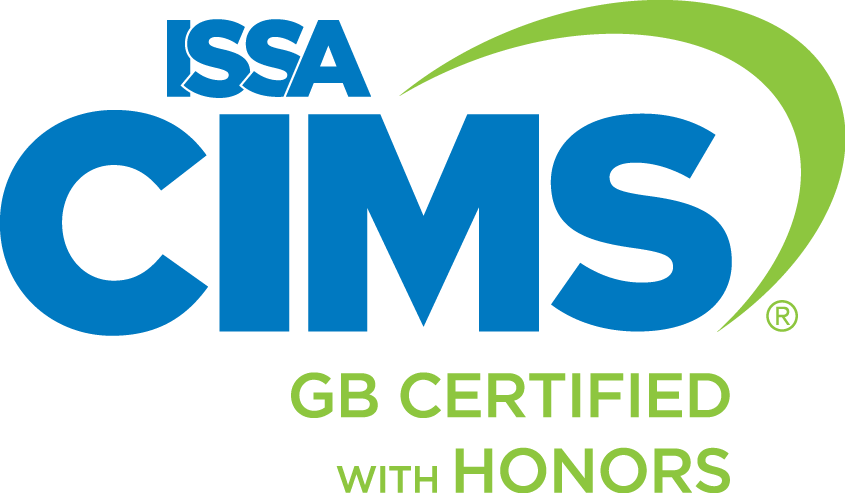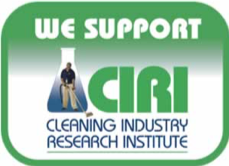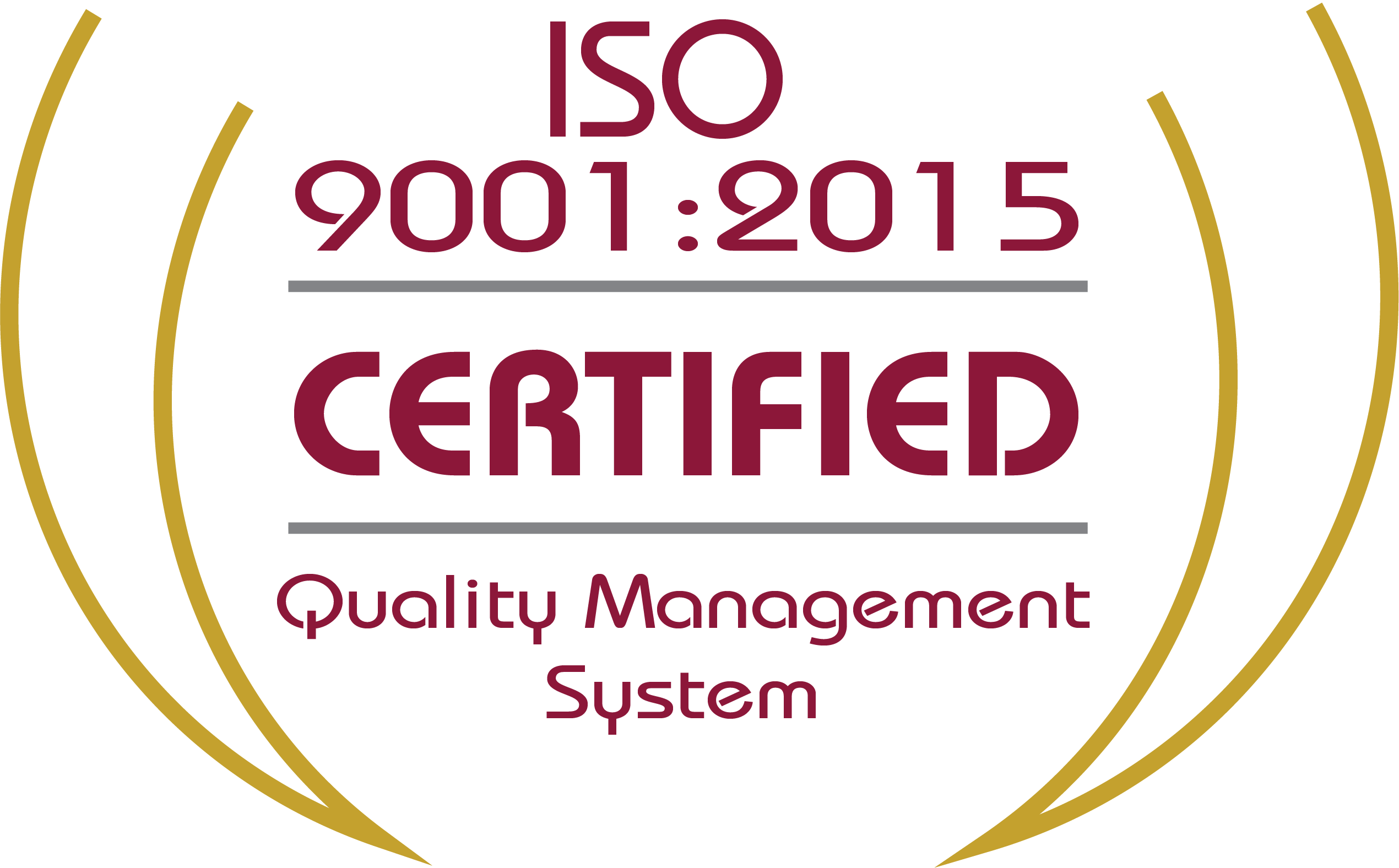Fighting Fall Allergies
For some people, spring isn’t the only time that allergies strike. Ragweed pollen, leaf litter, and mold can all cause respiratory and sinus irritation, especially when paired with changing temperatures and any pre-existing respiratory conditions, such as asthma. Knowing how to prevent or avoid the triggers of fall seasonal allergies can help keep you, your families, and your employees healthier all year round.

Symptoms
It’s often easier to identify allergy symptoms in the spring, when other illnesses aren’t circulating as heavily. In the fall, however, there could be many possible causes for a runny nose or scratchy throat.
The best way to know whether or not your symptoms are allergies or from COVID-19 is to take a test. Not everyone will present the same, or any, symptoms when they contract COVID-19, so testing periodically is still a way to be safe. Other indicative symptoms of something worse are achiness, fever, and gastrointestinal distress, which each can be present from a cold or flu infection.
Allergies also typically take a longer time to go away, sometimes up to two months depending on the air quality and pollen count. Viral infections often set in quickly and, when treated properly, will end much faster than allergy symptoms. Luckily, since the majority of fall allergies are due to plant and tree pollen, the first frost of the season usually signals the end of the fall allergy season.
Preventive Measures
But how can you avoid allergy symptoms before snow starts falling? The main way to prevent symptoms is to lessen your exposure to allergy triggers. It may be unrealistic to avoid outdoor leaf peeping trips in New York and New England, so here are some tips for improving your indoor environment.
Many weather apps now have information about daily pollen counts and air quality. Keeping an eye on how much pollen is in the air in your area can help you be aware when symptoms may start. If you know that fall allergens usually affect you, start taking allergy medication ahead of time, before your symptoms start.
To reduce the amount of pollen that enters your indoor space, make sure that regular cleaning is part of your routine. Vacuuming floors and furniture and wiping down surfaces can reduce the amount of dust and other airborne allergens you may be inhaling. Keeping windows closed, particularly when it’s windy, can prevent pollen from even entering in the first place. For those with more extreme allergies, it may be beneficial to keep a change of clothes at work to switch into when allergens are particularly high.
The Mayo Clinic provides a list for “allergy-proofing” your home that can easily be applied to your workplace. Each of these steps can improve air quality and reduce allergy symptoms, and should be taken into consideration for those who have asthma or respiratory illnesses. For most people, however, this list might be more than you need and more time than you have to stay healthier.
Air Filters and Purifiers
For a more passive way to keep your airways clear, you can turn to air filters and purification systems. Air filters have the benefit of improving indoor air quality all year round, not just during pollen-heavy seasons. Your workplace’s HVAC system can do a lot of work for you without you needing to change your routine. Just make sure to change the filters every three months and select a filter with a MERV rating of 11-13, which is most effective against pollen and mold.
Air purifiers can also improve air quality and stop the spread of diseases, but not all air purifiers are created equal. For the highest quality of air purification, look for a system that uses high-efficiency particulate air (HEPA) filters. If a filter is HEPA-certified, it can trap 99.7% of particles that are 0.3 microns in diameter. It can remove viruses, airborne pollution, and pollen from the air, providing a much safer environment in your home, office, medical facility, or classroom.
Janitronics’ Choice: AIRBOX
Our air purification system of choice is AIRBOX; we even use them in our own corporate offices. Its three levels of filtration reduce odors, prevent the spread of germs, and purify the air with a certified HEPA filter. Contact us to secure your AIRBOX system today.



